What Role Do Fleet Vehicle Graphics Play in Corporate Branding?
Building a strong brand identity has never been more important in today's fast-paced business community and competitive landscape. Both small and...
3 min read
Craftsmen Industries Jul 29, 2022 9:07:00 PM
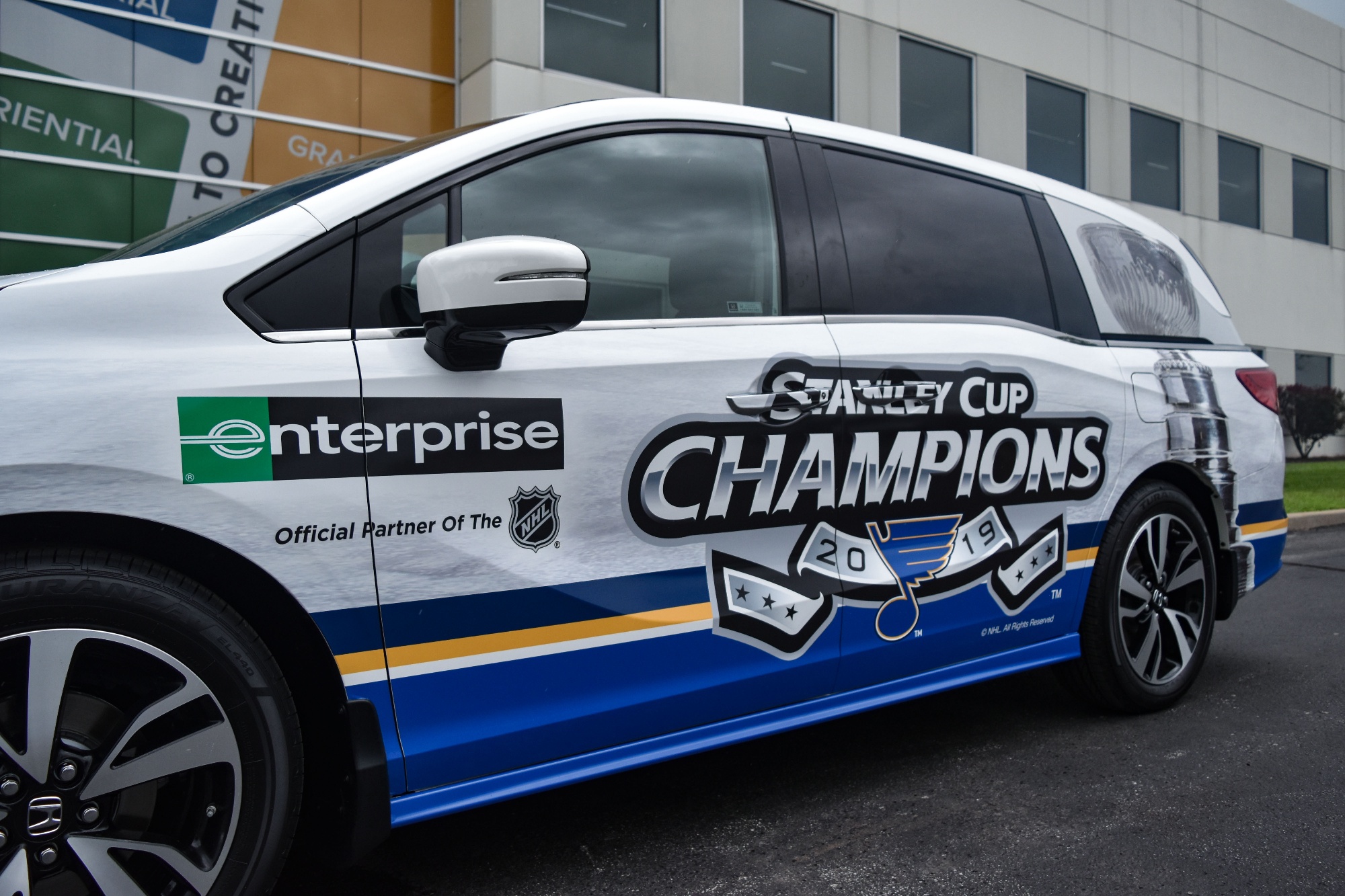
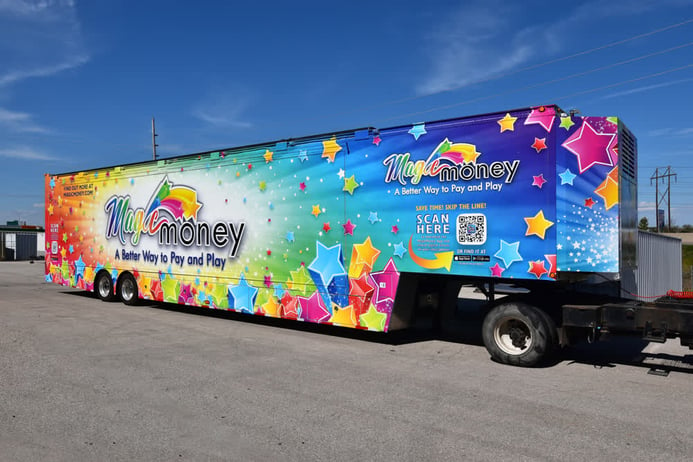
When people consider branding their company vehicles with vinyl graphics, a full body car wrap, like Lightning McQueen or a flamboyant food truck, often comes to mind. These kinds of vehicle wrap certainly leave an impression. However, a more minimalist approach to vehicle branding might suit your fleet better. Not all vehicle graphics or wraps need to be as in-your-face as the sponsors on a racecar.
Graphics companies offer a range of options for your company’s commercial fleet graphics, each with its own advantages and disadvantages. Let’s look at some of the most common ways to brand vehicles and the pros and cons of each option.
Let’s start with the total makeover. A complete body wrap, in this context, means that graphics will cover all aspects of a car’s paint as well as any windows (excluding the drivers’ window). This complete wrap is sleek in appearance as it isn’t interrupted by empty spaces.
A common question about this kind of wrap is whether you can still see out the back windows once they are covered. Thanks to one-way vinyl technology, you can. A perforated design allows occupants inside the car to see out clearly, with only a lightly tinted effect. From the outside, the windows don’t look like windows at all. The full body graphic seamlessly continues over the windows.
This style and technology can allow fleet wraps to display fully formed images and longer lines of text along a vehicle. Since almost all vehicles on the road have windows on the sides, the full body wrap also helps the car stand out from the crowd.
The full wrap with the windows left out is one step down from the complete body wrap. This difference helps the vehicle appear more car-like, which may be more desirable depending on your brand. Not covering the windows also means they don’t appear tinted when looking out from the inside.
A full body wrap still allows for a wide range of graphic designs, easily accommodating images, logos, and text onto a single vehicle.
Both of the body wrap options can protect the vehicle’s paint. Wrapping your vehicle is like laminating a piece of paper. The vinyl acts as a protective layer between the environment and the paint. Of course, deep scratches and dents will still damage the vehicle, but fleet wraps can make a noticeable difference in combating everyday wear and tear.
The third option, toned down another notch, is a partial body wrap. These vinyl graphics cover some of the vehicle but leave other sections, such as the roof, sides, or hood, uncovered.
Partial body wraps are generally less expensive than full body wraps since they require less vinyl and are easier to install. Partial body wraps are perfect for fleets with a range of different vehicle types since the same design can be applied to a truck and a passenger car more quickly than a full body wrap which would vary greatly depending on the vehicle’s shape and size.
You can apply graphics specific to your vehicle’s windows with the same perforated vinyl technology used in a complete body wrap. This option is most commonly applied to rear windows. That way, when a car is stuck behind you in traffic, they can’t help but read the advertisement.
Window decals are ideal for logos and phone numbers. For example, taxis and trade service companies can use window decals to give their vehicles an obvious identity while appearing more or less like a normal car.
The most low-key and smallest of vehicle graphics is a simple car decal. These graphics can be placed on any number of vehicles and are a great way to increase logo and brand recognition. Decals can vary a bit in size and are typically applied to vehicle doors. These kinds of graphics are perfect for any company wanting to increase brand exposure. Door decals typically showcase a brand's logo accompanied with a phone number and/or website.
In general, if you’re trying to brand a vehicle, one of the more noticeable options is a better way to make impressions. However, smaller decals are a great way to increase client loyalty and spread your brand in a more subtle manner.
18-wheelers are some of the most effective fleet graphic advertising tools. Their large sides are effectively the same size as billboards and provide a simple rectangular template to display graphics. The tractor, or front part of an 18-wheeler, can also be branded using graphics like any other vehicle. Any company with a fleet of trucks is missing a massive opportunity if they don’t have fleet trailer wraps.
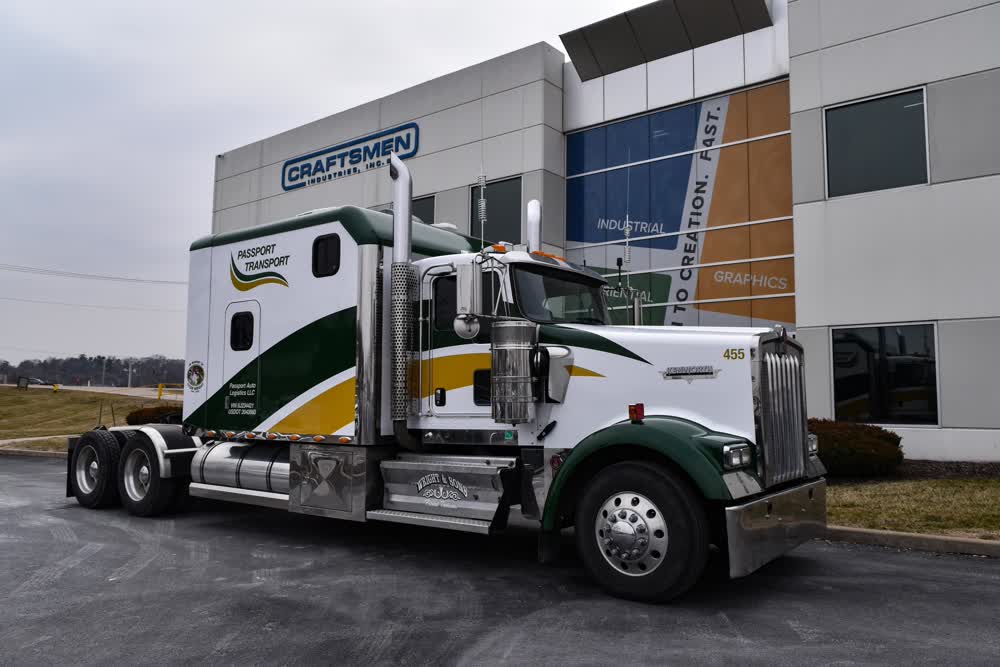
Building a strong brand identity has never been more important in today's fast-paced business community and competitive landscape. Both small and...
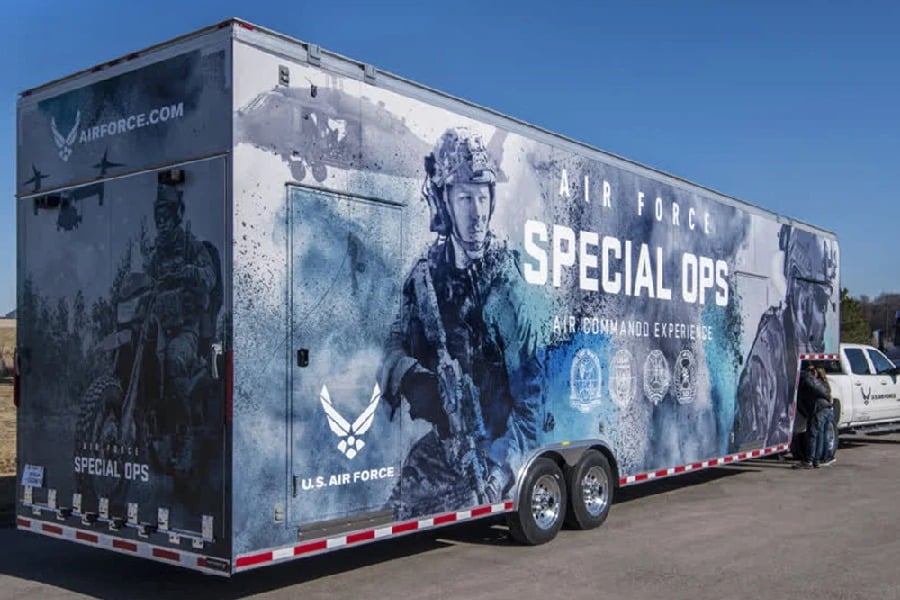
Curious why fleet graphics are more attention-grabbing than traditional ads? Ahead, we will show you why leading companies prefer fleet advertising...
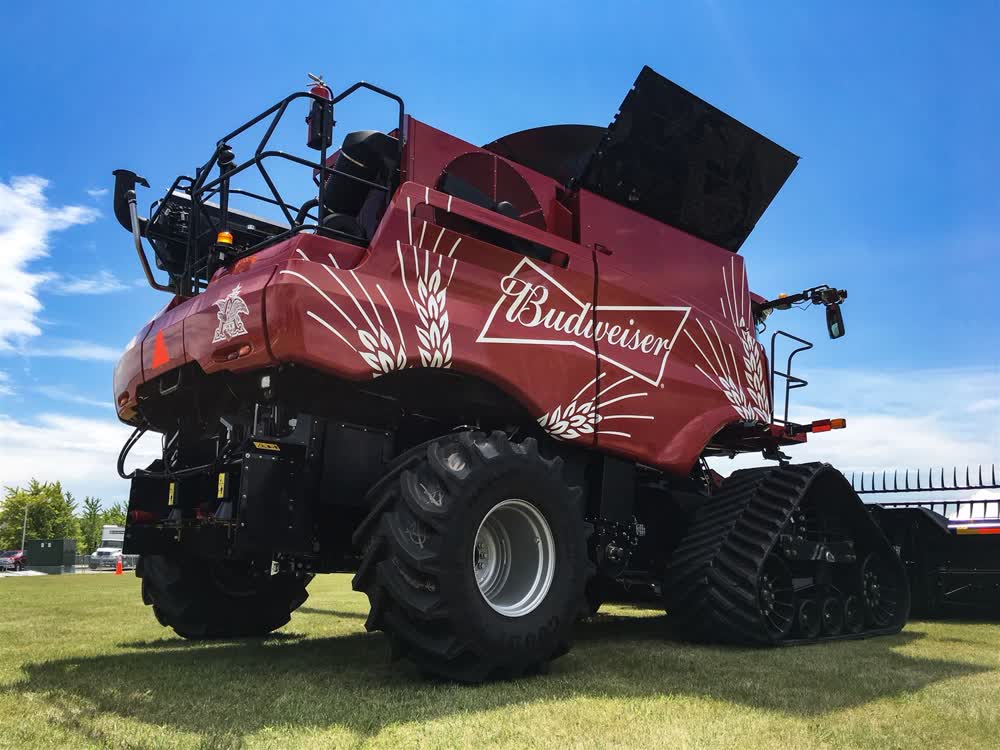
In the world of modern business, having effective marketing strategies is essential. This is because gaining brand recognition and attracting new...